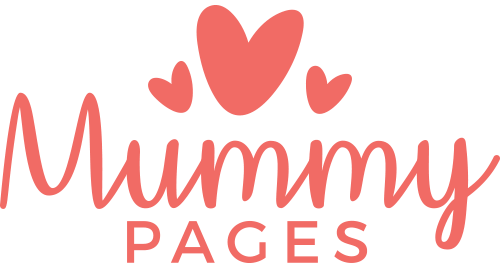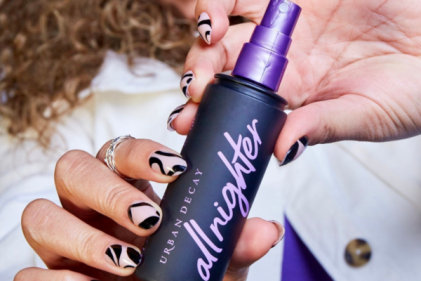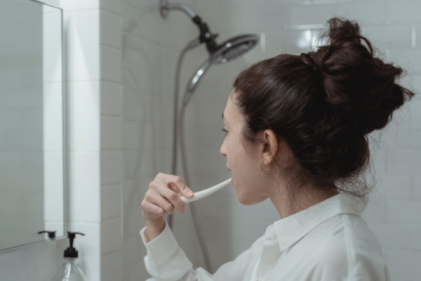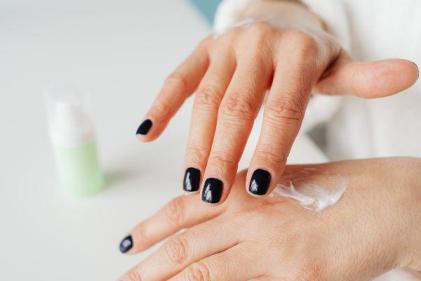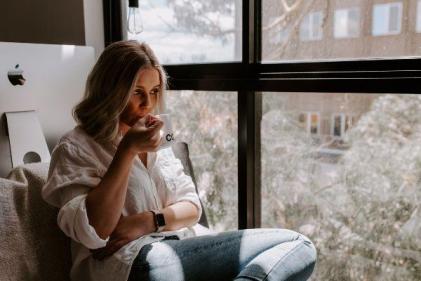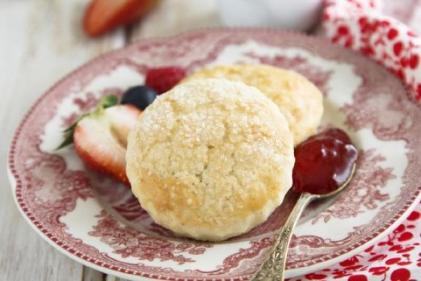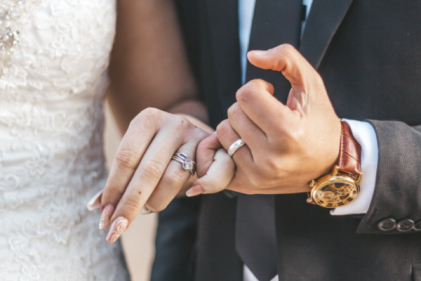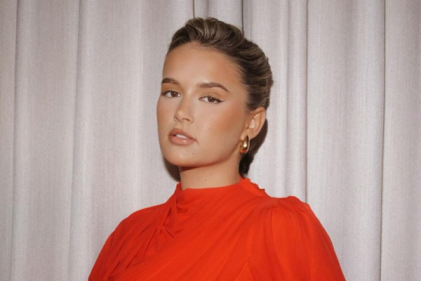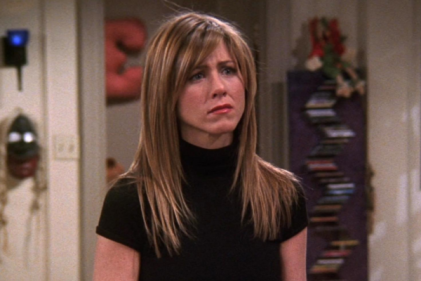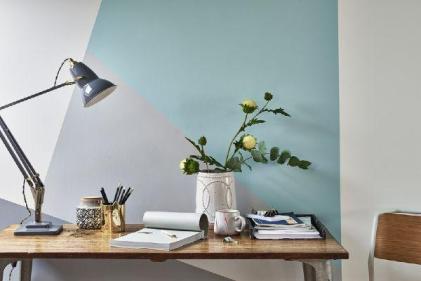There is a lot of science behind hair colour. There are different colour charts, books and swatches that salons refer to when using hair colours. Often the hairdresser will pull these out and refer to them during your appointment.
Understanding the hair colour chart is important to hair-colour theory. In this article, we explain how the hair colour chart is broken down and how to hair colour wheel works.
The hair colour chart
The colours on the colour chart are broken down into levels ranging from 1-9. Each level represents the level of lightness or darkness of any particular colour.
The colour levels break down as follows:
Level 1 - dark black
Level 2 - medium black
Level 3 - light black
Level 4 - dark brown
Level 5 - medium brown
Level 6 - light brown
Level 7 - dark blond
Level 8 - medium blond
Level 9 - light blond
Every colour will have a tone. Tones fit into categories such as natural, gold, orange, red, violet, beige, or ash.
The stylist’s colour wheel
It may sound a bit strange but your hair is a mixture of the primary colours red, yellow, and blue. Secondary colours are orange, green, and violet. The colour wheel that a stylist uses will determine how to correct unwanted tones in hair colour. A colour on the wheel that is directly opposite another one will "negate" that colour. This means if your hair is an orange colour, applying a colour with blue will make it a brown/black. If you hair has a yellow tone, violet will cancel it out. Also, to get rid of red, stylists use ash (green-based) hair colour to counteract the red tones.
